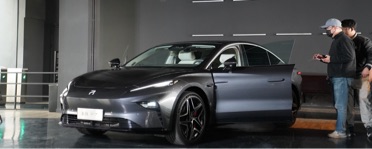Visited the Shanghai Glass Museum for F7’s “Bach Cabin” experience event hosted by Feiteng. I was deeply touched, not limited to the product itself, but also from various angles of thinking. If time permits today, I would like to talk to everyone about my subjective feelings.
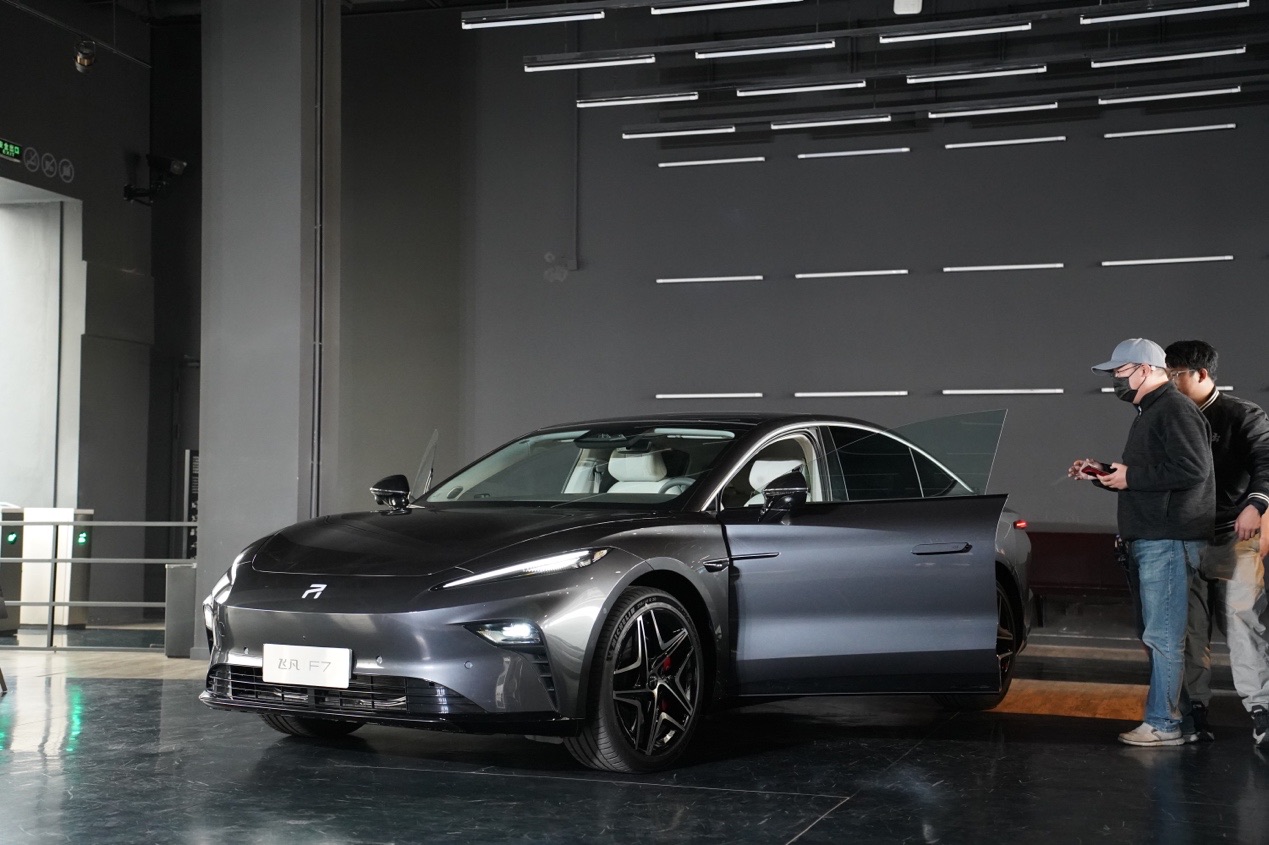

What is the “Bach Cabin” exactly?
Everyone knows that “Bach” comes from the famous composer, and this “Bach Cabin” is a luxurious concept for the F7 cabin given by Feiteng, including seat design, cabin space, car audio and other aspects of the vehicle system integration. Simply put, the “Bach Cabin” includes everything in the F7 interior, with the aim of highlighting the luxurious atmosphere of this 3-meter wheelbase car.
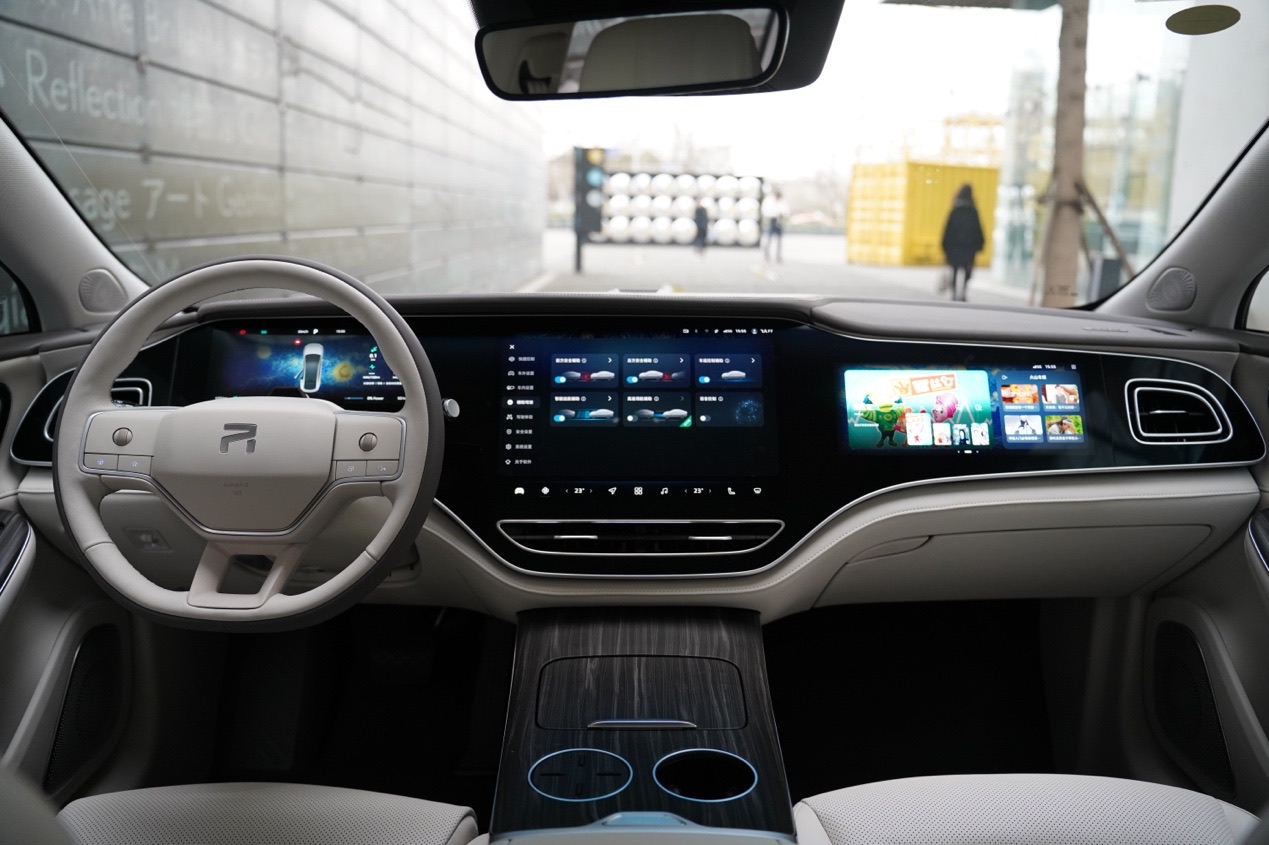

How was the “Bach Cabin” experience?
Regarding the experience, the most significant sensation was the riding experience. Firstly, as a battery-swapping model, you can clearly feel that the interior space of the F7 is more spacious. Compared with the same-priced NIO ET5 and non-swappable Zeekr 001, the reason is that Feiteng uses a lying battery structure for the F7, which can expand the longitudinal space inside the car by nearly 30mm. Although the numerical value seems small, it is evident when it comes to the riding experience. Especially when sitting in the back seat, the thighs and knees are not as suspended as much, and it provides more support.
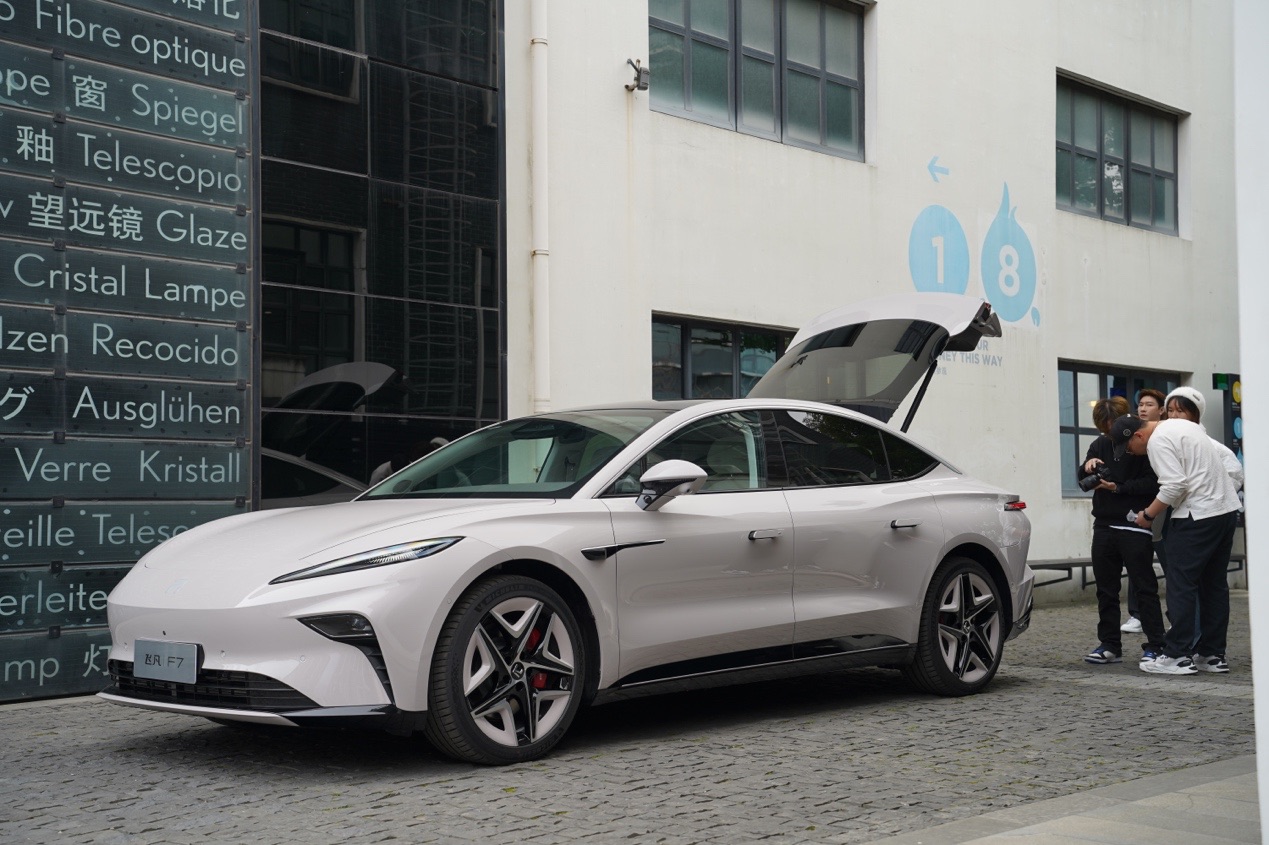
 For the Bahchair, its main feature can be described in a short sentence – thicker seat padding, longer seat cushion length, and a backrest that fits the curve of the back more snugly. Although there are many theoretical data on this, we won’t delve into them deeply, as dry parameters are not so meaningful. Perhaps even Flying Pigeon knows this point, as they directly compared with the Mercedes-S and NIO ET7 outside the glass museum. For NIO’s seats, people who have experienced them naturally know how comfortable they are…The F7’s seats are designed for comfort and have an obvious sense of sagging but are also very resilient. After the waist adjustment is set to a proper position, there is obvious support. Even in the aspect of seat fit, it exceeds that of the Mercedes-S.
For the Bahchair, its main feature can be described in a short sentence – thicker seat padding, longer seat cushion length, and a backrest that fits the curve of the back more snugly. Although there are many theoretical data on this, we won’t delve into them deeply, as dry parameters are not so meaningful. Perhaps even Flying Pigeon knows this point, as they directly compared with the Mercedes-S and NIO ET7 outside the glass museum. For NIO’s seats, people who have experienced them naturally know how comfortable they are…The F7’s seats are designed for comfort and have an obvious sense of sagging but are also very resilient. After the waist adjustment is set to a proper position, there is obvious support. Even in the aspect of seat fit, it exceeds that of the Mercedes-S.
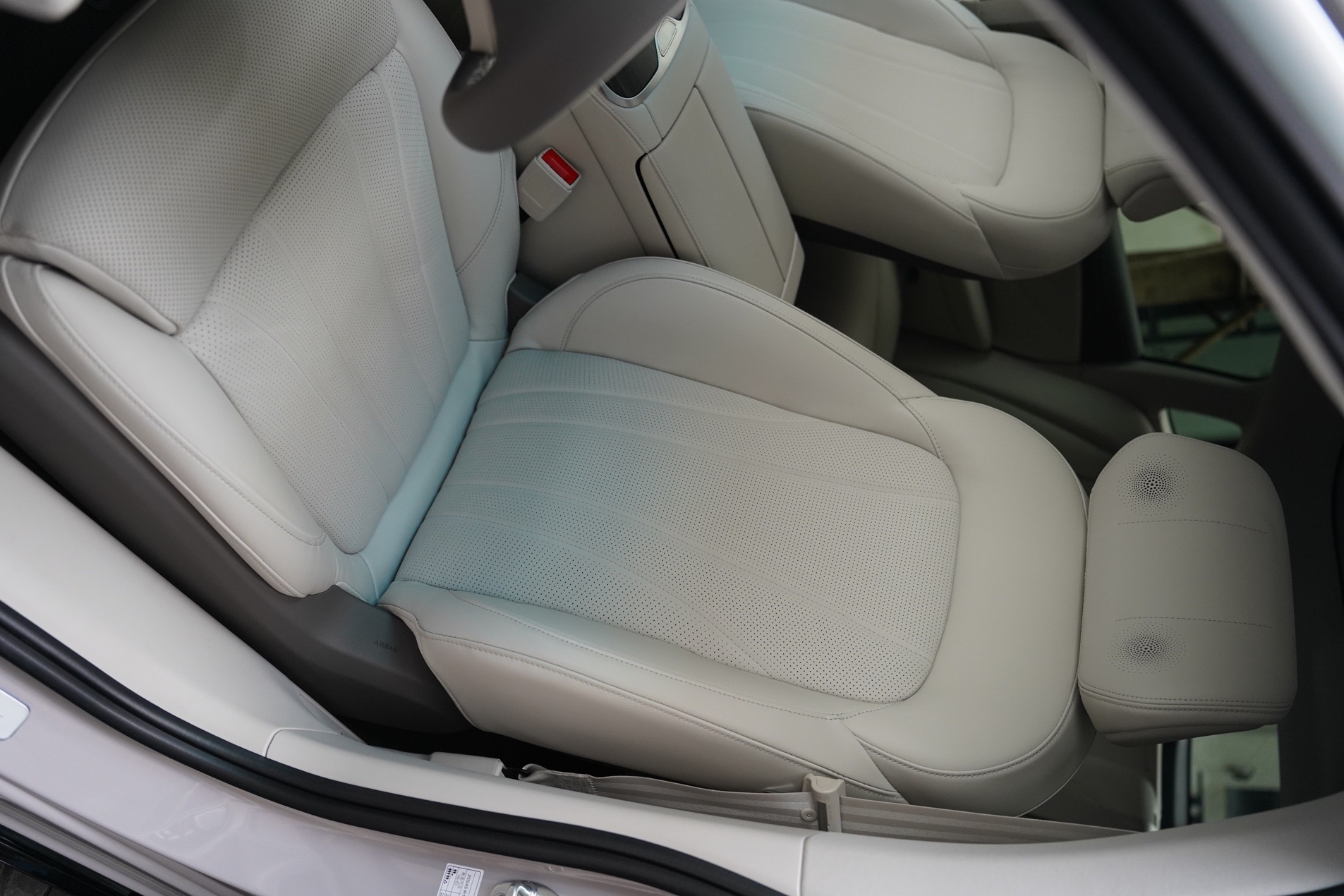

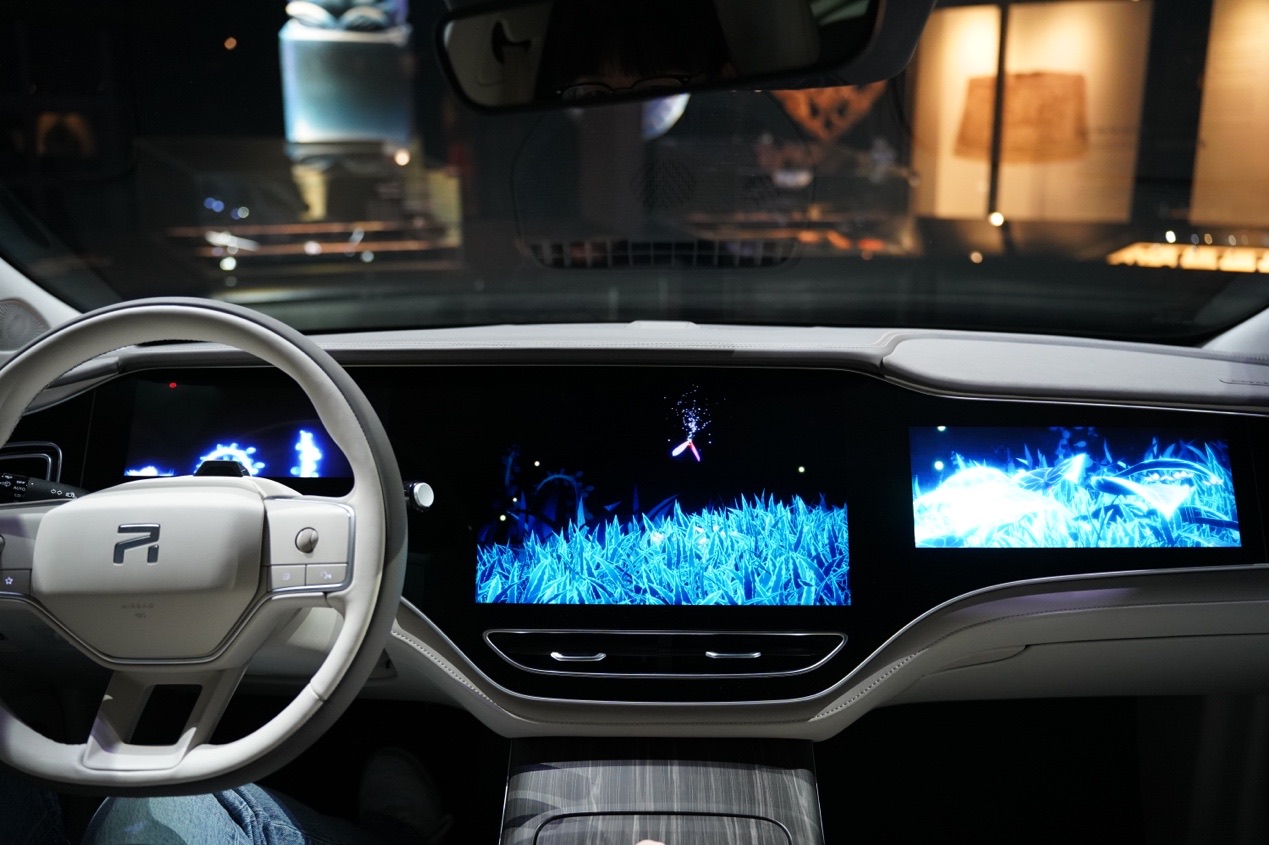

Apart from the seats, the in-car system also constitutes a part of the Bahcockpit. A 15-inch central control screen is impressive, and the use of AMOLED materials ensures adequate display performance. I am more concerned about the “two-way and two-zone independent audio and video” feature. Firstly, the left and right of the front row are divided into separate zones, and the central control screen and co-pilot screen can play videos independently. The eight-inch screen at the rear of the F7 also has audio and video entertainment functions, which means that both front and rear seats have independent audio and video space. Combined with the 7.1-channel 3D sound effect, this car is definitely packed with entertainment features.
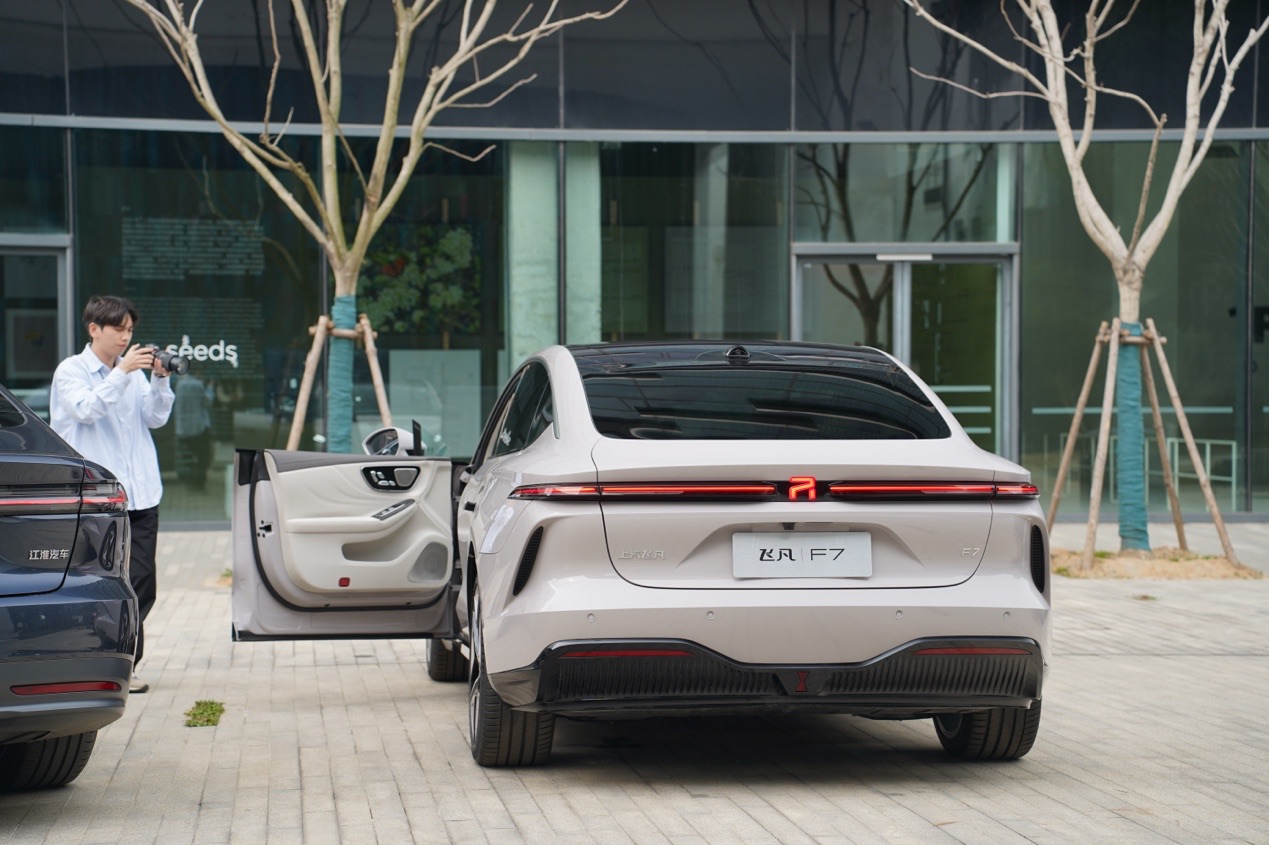
【Final Thoughts】
For Flying Pigeon’s F7 Bahcockpit, I would say that it is a…Positive comments have been given to Haoqing Motors especially in regards to the seating experience, as well as the collection of data focused on Chinese body shapes. Combined with a comprehensive optimization of functional seat design, this design approach reflects the attention paid to ergonomics in the passenger cabin, which has been lacking in the development of domestic auto companies. The emergence of the FEIFAN F7 signifies that interior design cannot be solved by simply changing the Nappa leather and color scheme. Especially for electric vehicles, in order to achieve a comfortable riding experience, it is necessary to start with the structural design of the space and the design of seats. This is truly an excellent direction and it is hoped that other auto companies can learn from it.
This article is a translation by ChatGPT of a Chinese report from 42HOW. If you have any questions about it, please email bd@42how.com.
